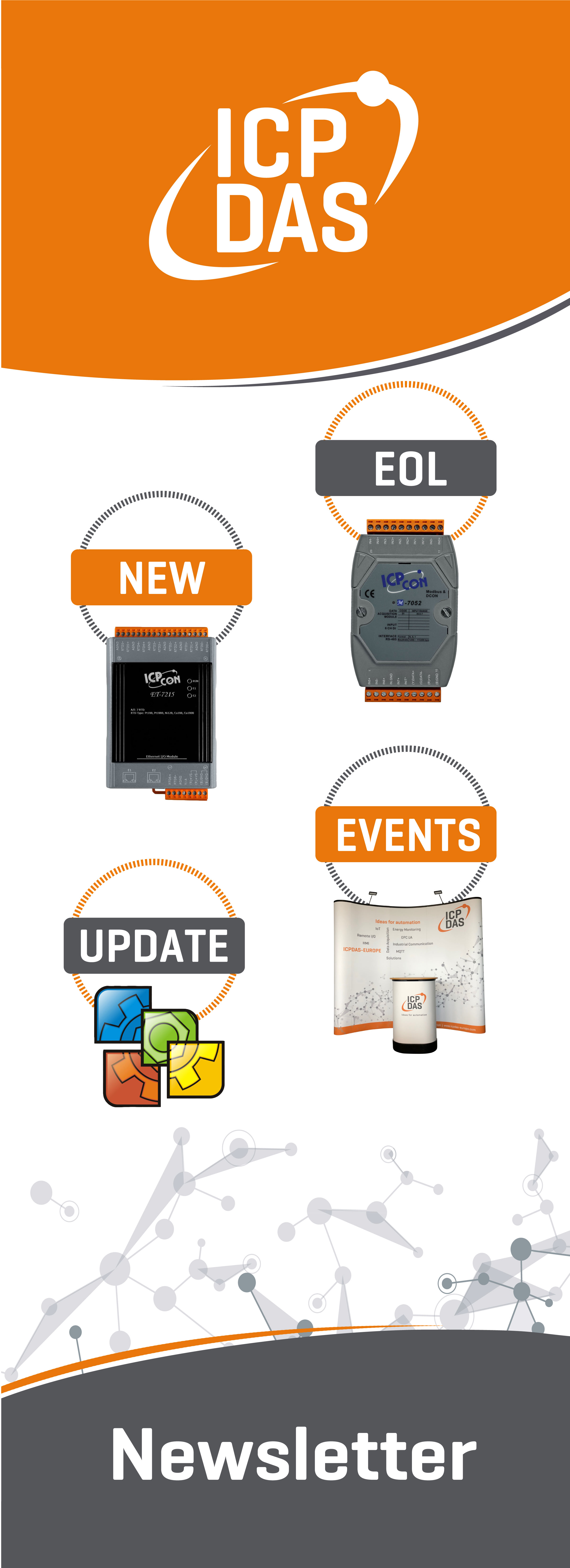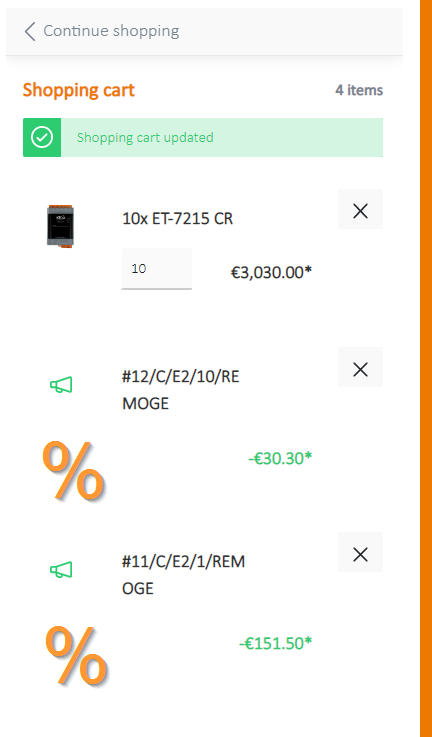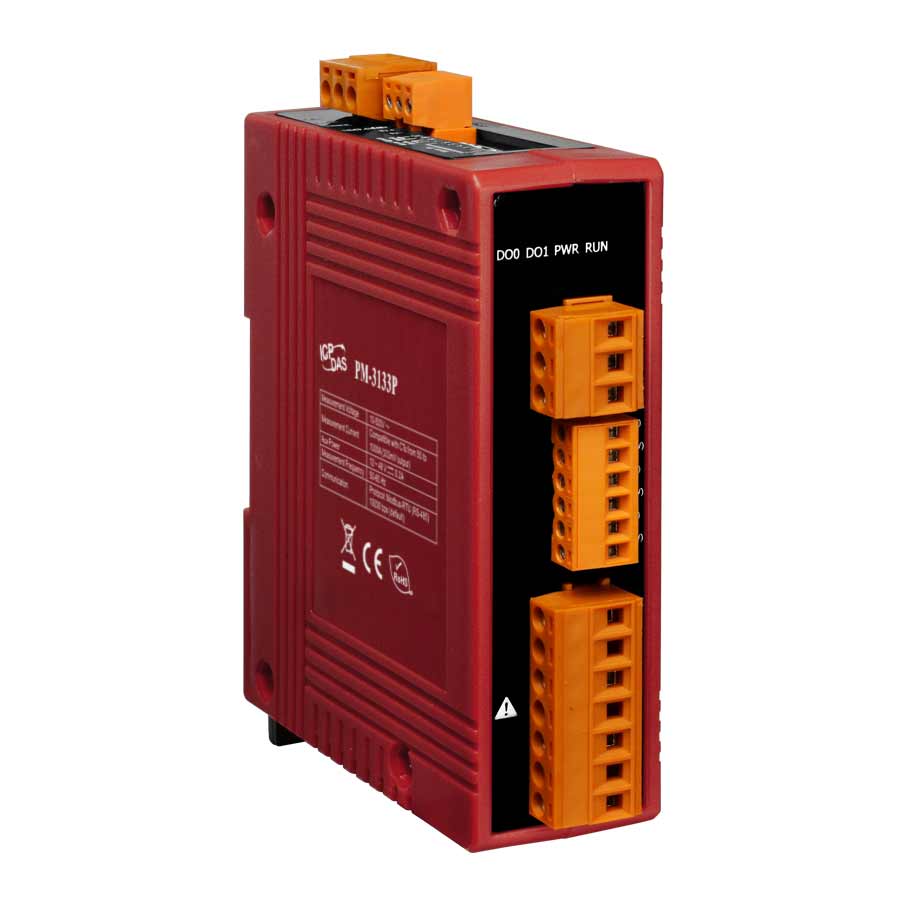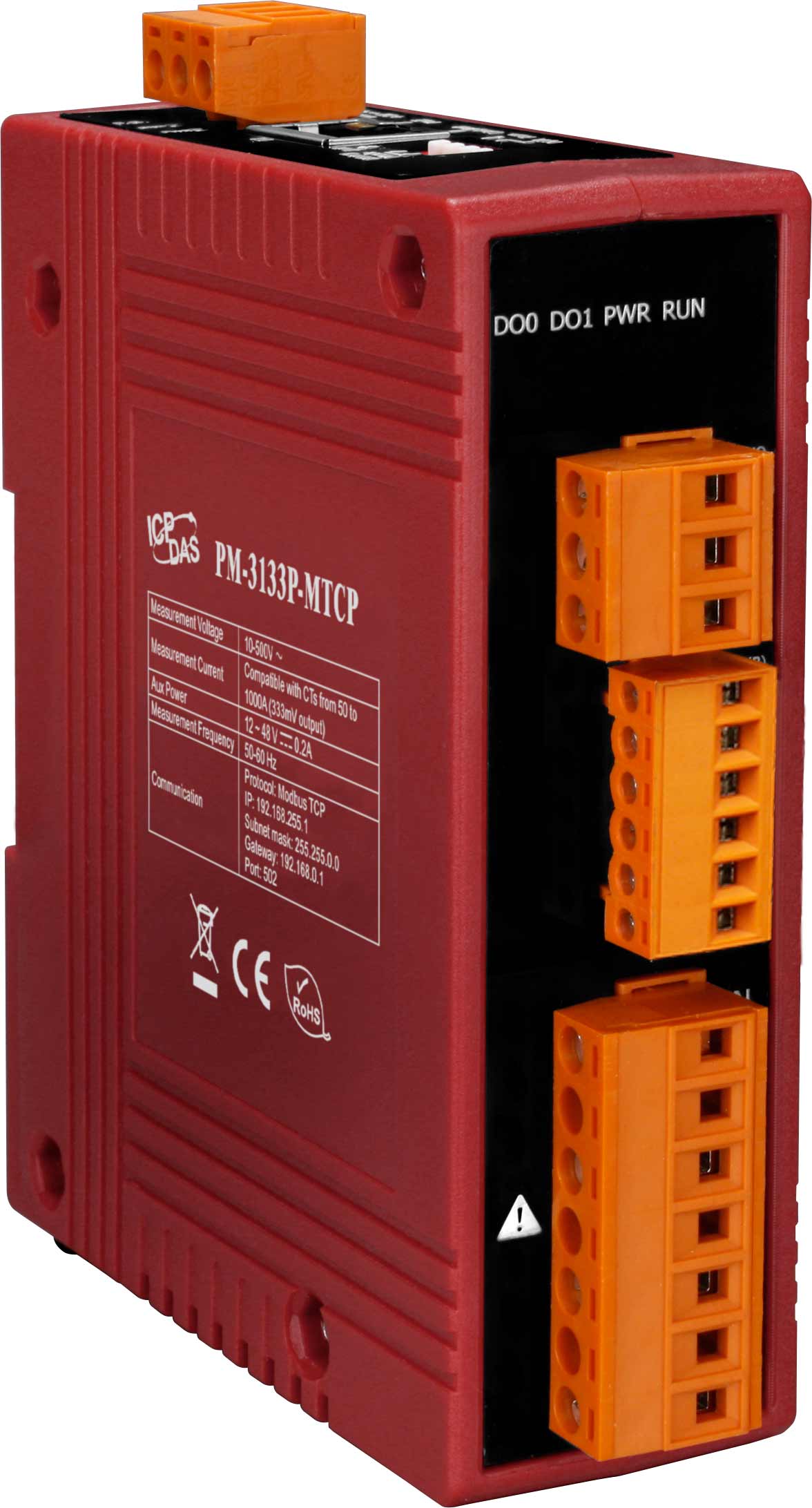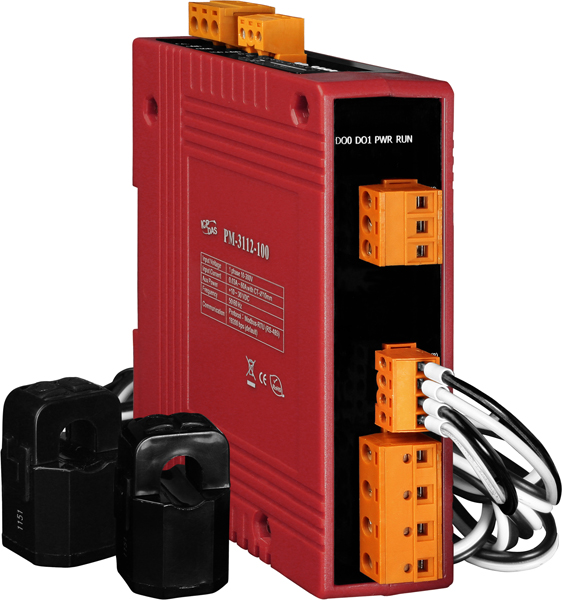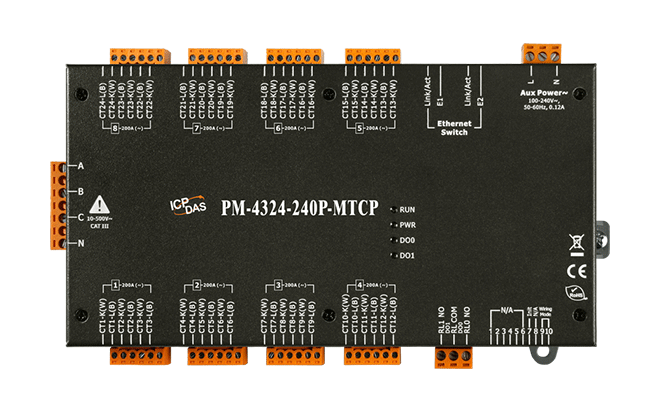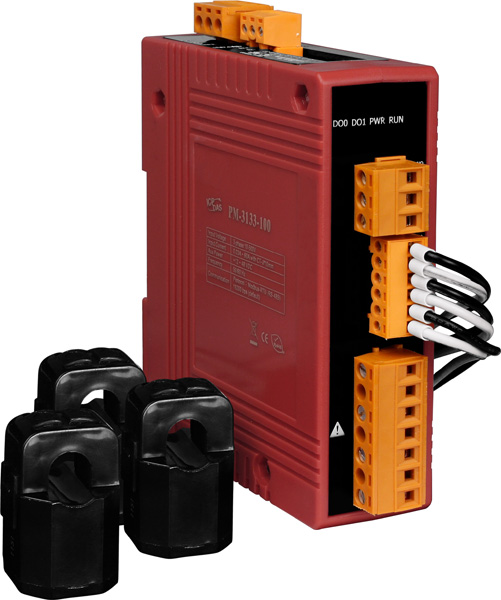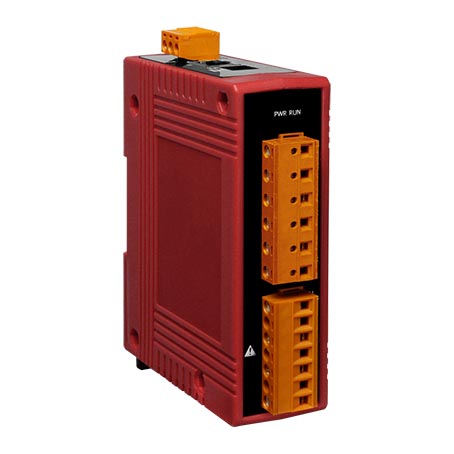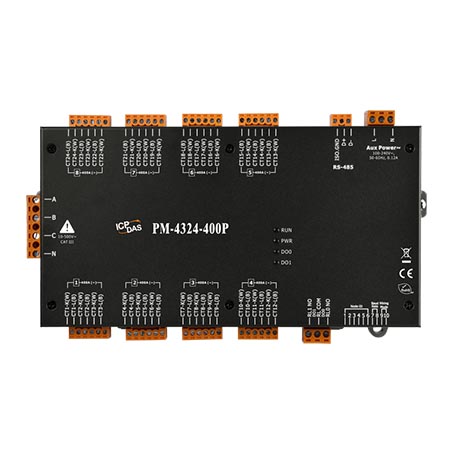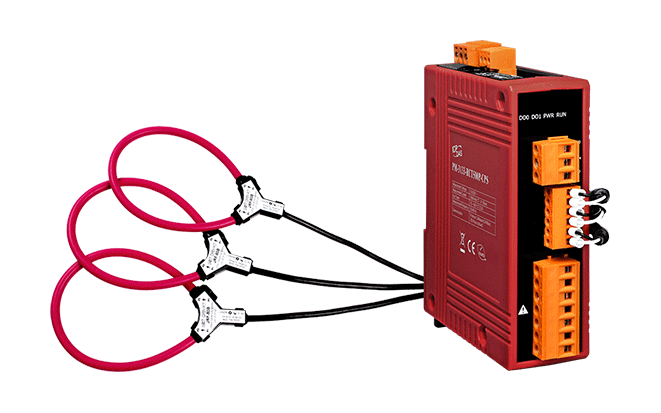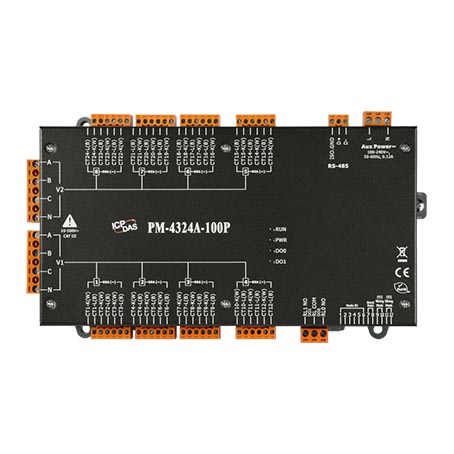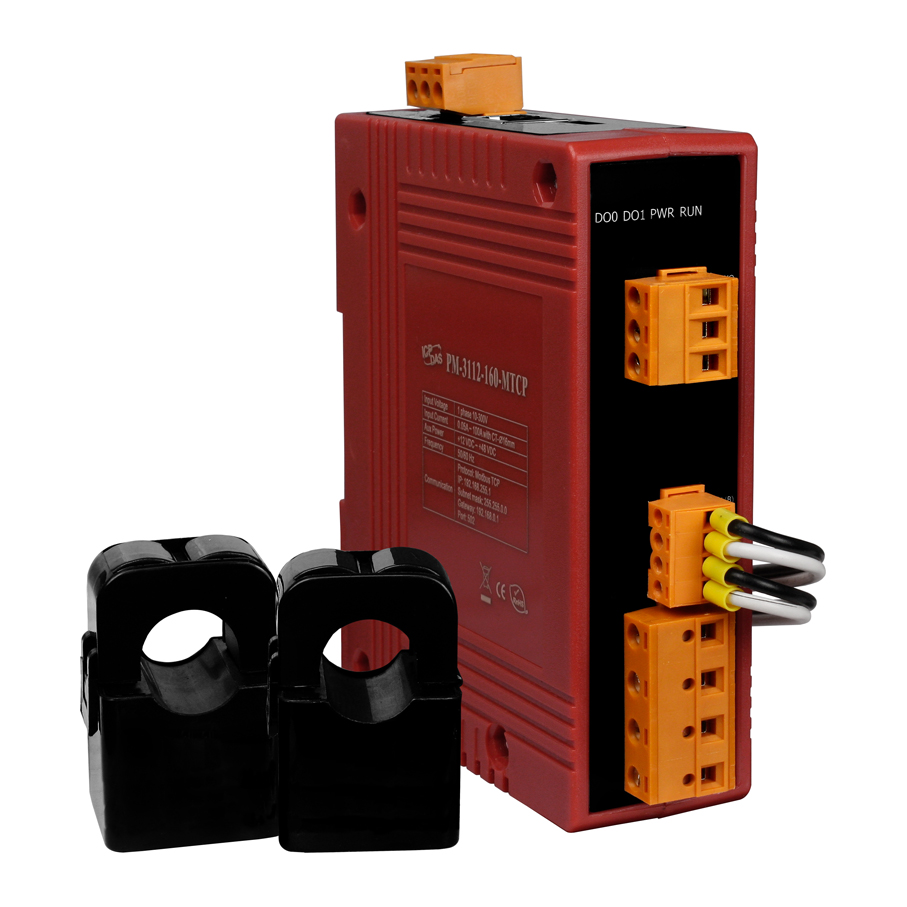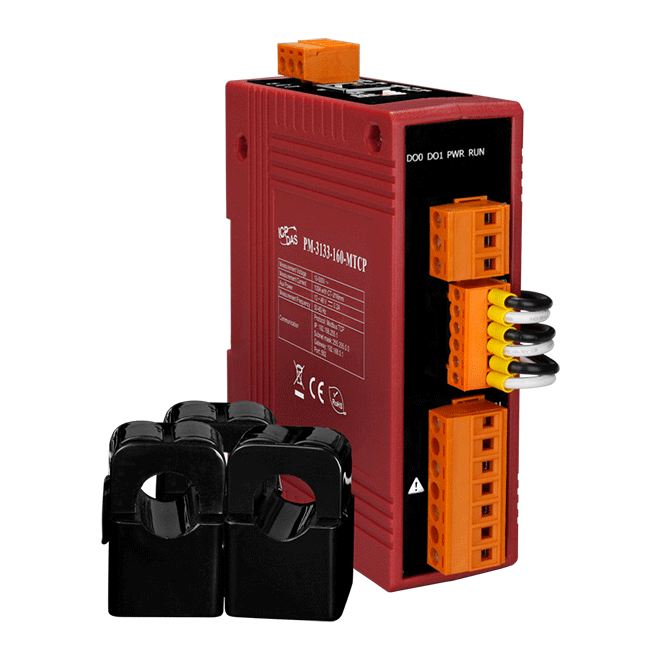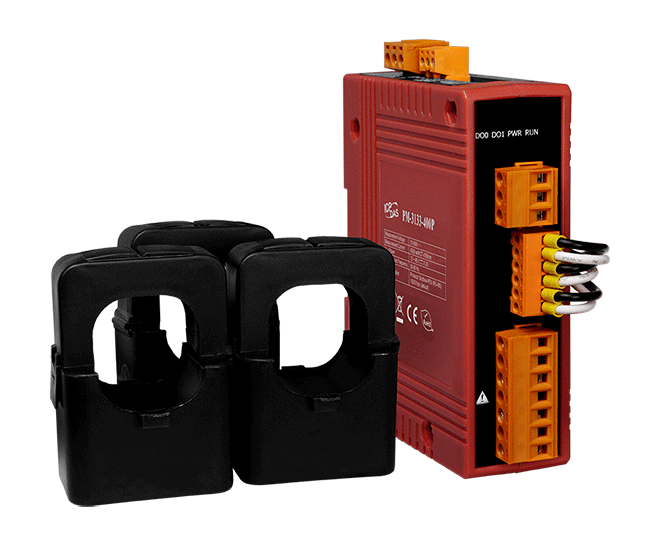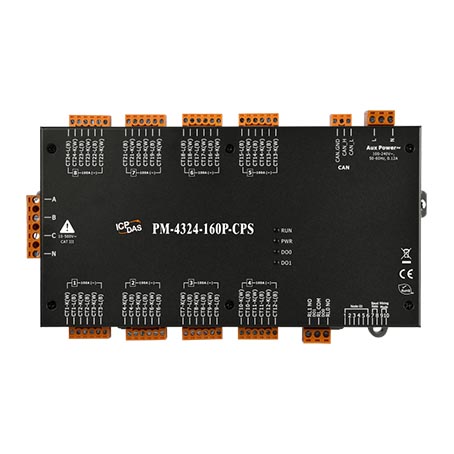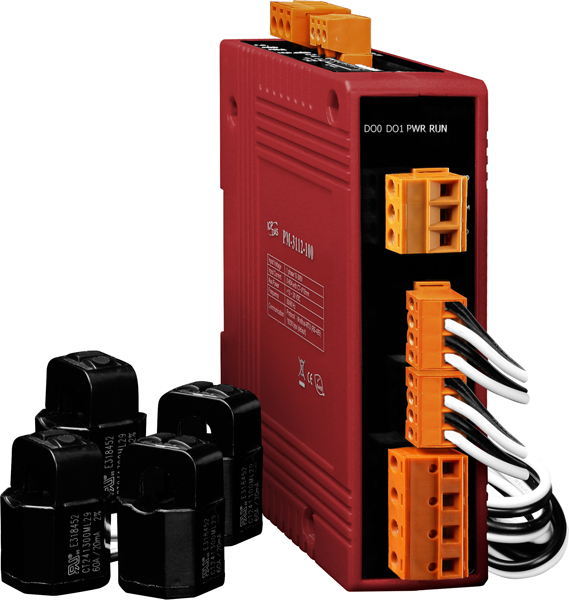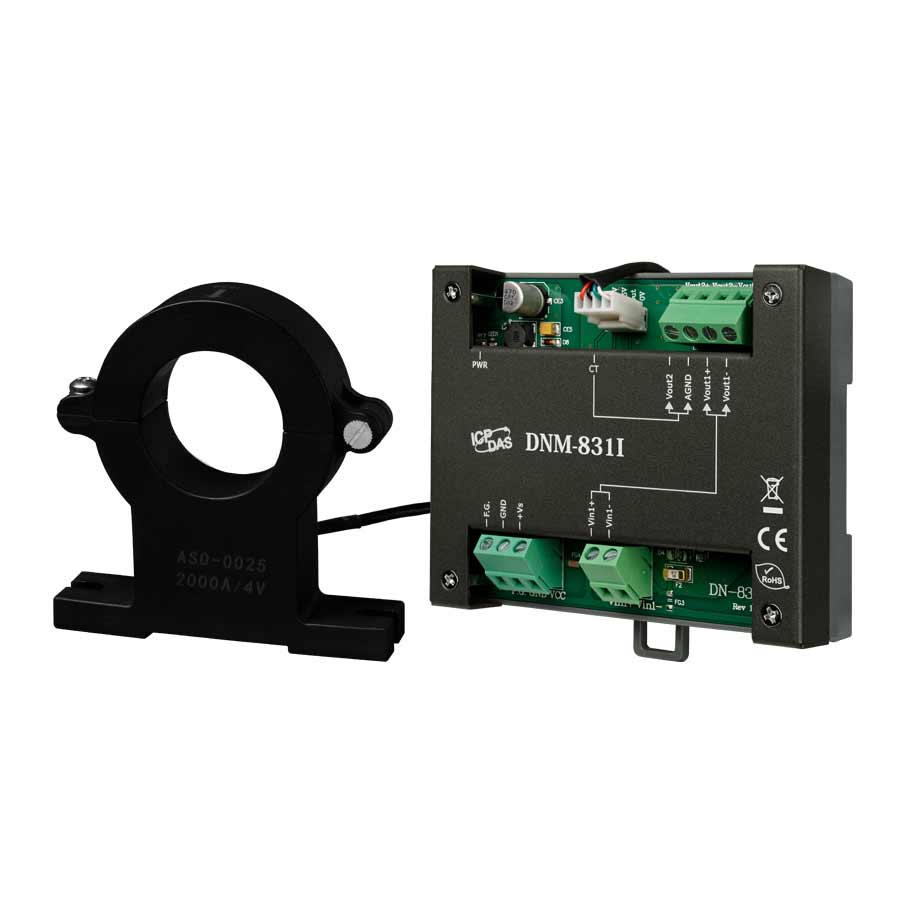Energy monitoring systems for industry
Efficient management for your energy consumption
Energy data loggers and DIN Rail Energy Meter from ICPDAS
Why use energy monitoring systems?
Energy monitoring systems give you insights into your energy consumption that were previously hidden from you. These systems enable companies to identify energy losses, optimise consumption and introduce more sustainable practices. With accurate data and reports, you are able to make informed decisions that lead to significant cost savings.
Features and benefits of energy monitoring systems:
Optimising consumption: by analysing the data, you can make energy consumption more efficient and minimise unnecessary expenditure.
Sustainability: Energy monitoring systems help you to adopt greener practices and reduce your carbon footprint. Cost savings: Identifying energy waste leads to significant cost savings and improved profitability.
Reporting and compliance: Meet regulatory requirements and report transparently on your energy consumption.
The combination of energy monitoring and IoT
The combination of energy monitoring systems with the Internet of Things enables comprehensive monitoring and control of energy consumption in real time. IoT-enabled energy monitoring solutions use networked sensors and smart devices to collect energy consumption data and send it to centralised platforms.
Why use energy monitoring in the IoT age?
Real-time monitoring: IoT-enabled energy monitoring systems provide real-time data on power consumption, voltage, power factor and more. This enables immediate identification of problems and irregularities.
Remote monitoring and control: IoT allows you to monitor and control energy monitoring systems remotely. This is particularly useful for detecting anomalies and taking energy efficiency measures without having to be on site.
Predictive maintenance: By integrating energy monitoring into IoT platforms, you can implement predictive maintenance strategies to minimise maintenance needs and unplanned downtime.
Data-driven decisions: IoT-enabled energy monitoring systems provide comprehensive data to help organisations make informed decisions about energy efficiency and cost savings.
Applications for energy monitoring in the IoT
Industry 4.0: IoT-enabled energy monitoring systems support smart manufacturing by monitoring and optimising energy consumption in real time.
Building management: In smart buildings, these systems enable the efficient use of energy and ensure a comfortable environment.
Utility companies: Energy monitoring in the IoT enables utility companies to better control and monitor their grids.
Transport and logistics: Energy monitoring systems in the IoT make it possible to monitor the fuel consumption of vehicles and optimise route planning.
